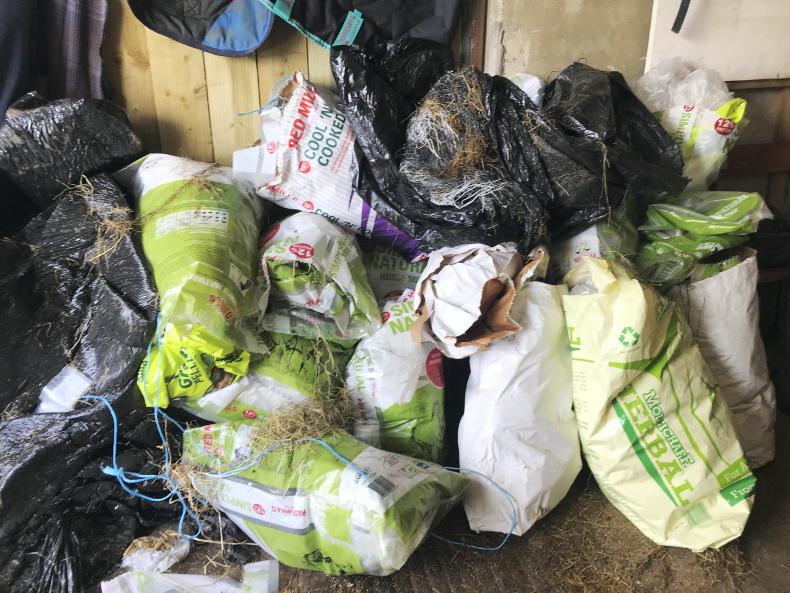Avoid fertilisers – reducing fertility in the land will encourage a greater diversity of plant species which have adapted to thrive in nutrient poor soils. By cutting out fertiliser, rye grasses will decrease, and wildflowers will better compete, creating a more diverse grassland. Consider shutting off an area of pasture on a rotational basis from April to November to allow wildflowers and grasses to flower and set seed. This is also beneficial as a standing hay crop for horses over the winter. Avoid grazing grass below 2.5cm as this can cause damage and loss of plant species. Remove droppings regularly to avoid ‘latrine’ areas developing which horses will avoid, putting more grazing pressure on other areas of the field. Droppings that aren’t removed will put nutrients back into the pasture at the detriment of more sensitive plants that may be more beneficial for horses.Sell your green energy to the grid
FOR the 20,000 farmers with renewable generation such as solar panels or wind turbines, there was good news last week. The Commission for Regulation of Utilities will now allow farmers to sell excess electricity back to the grid for the market value. This initiative is called the Clean Export Initiative (CEG) tariff.
It is hoped that up to 35% of a system’s capacity may be exported to the grid and will have smart metres installed. The system is expected to be in place at the end of the second quarter of 2022 with payments issued shortly after.


 This is a subscriber-only article
This is a subscriber-only article
 It looks like you're browsing in private mode
It looks like you're browsing in private mode









SHARING OPTIONS: